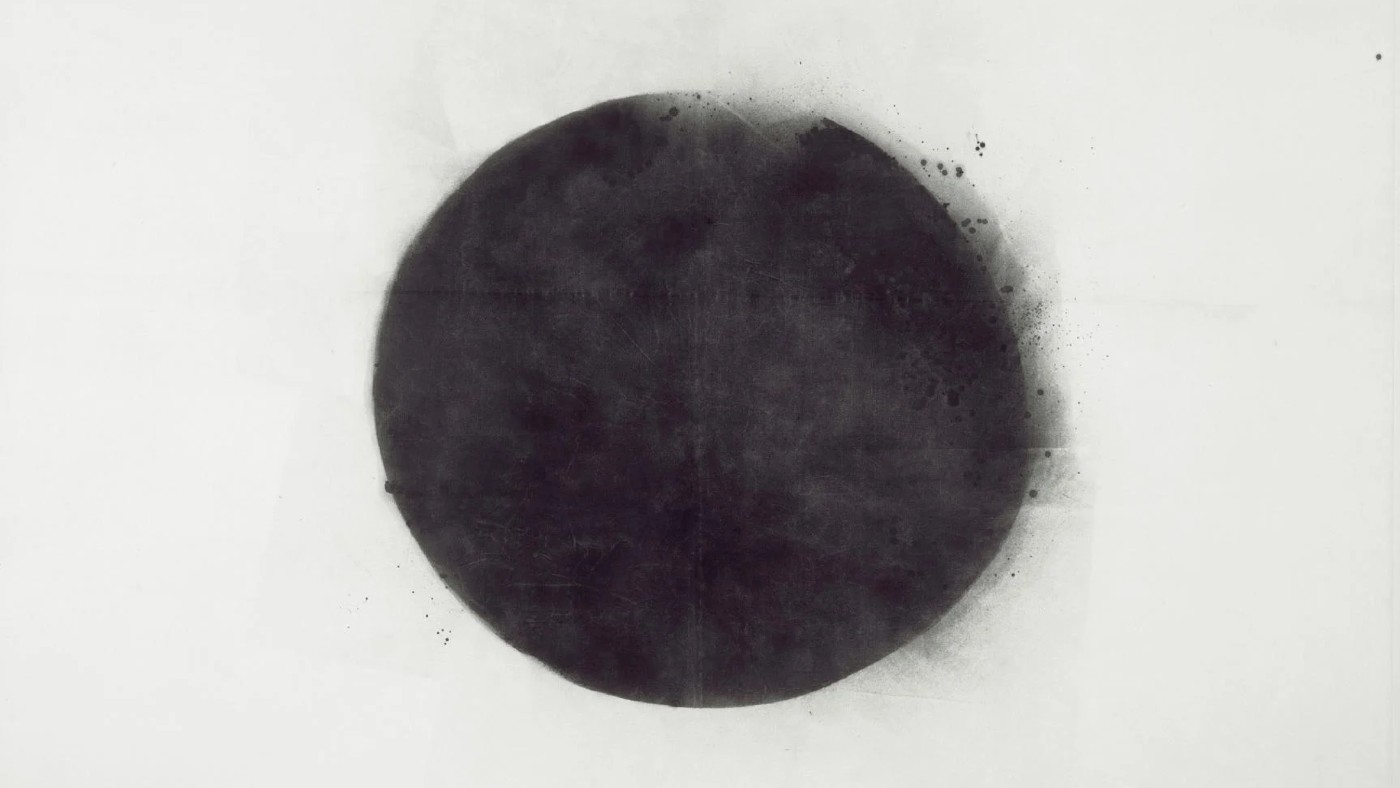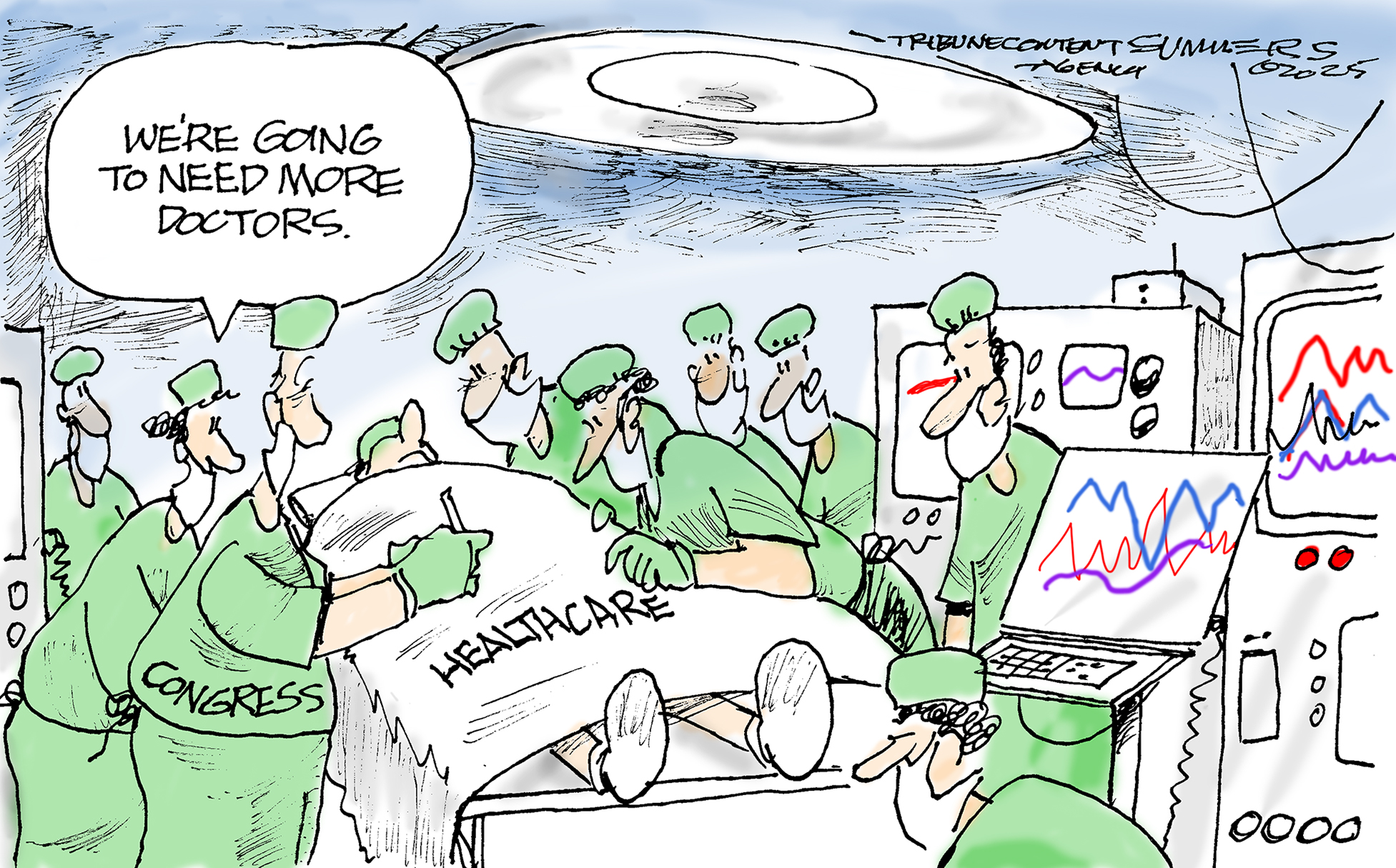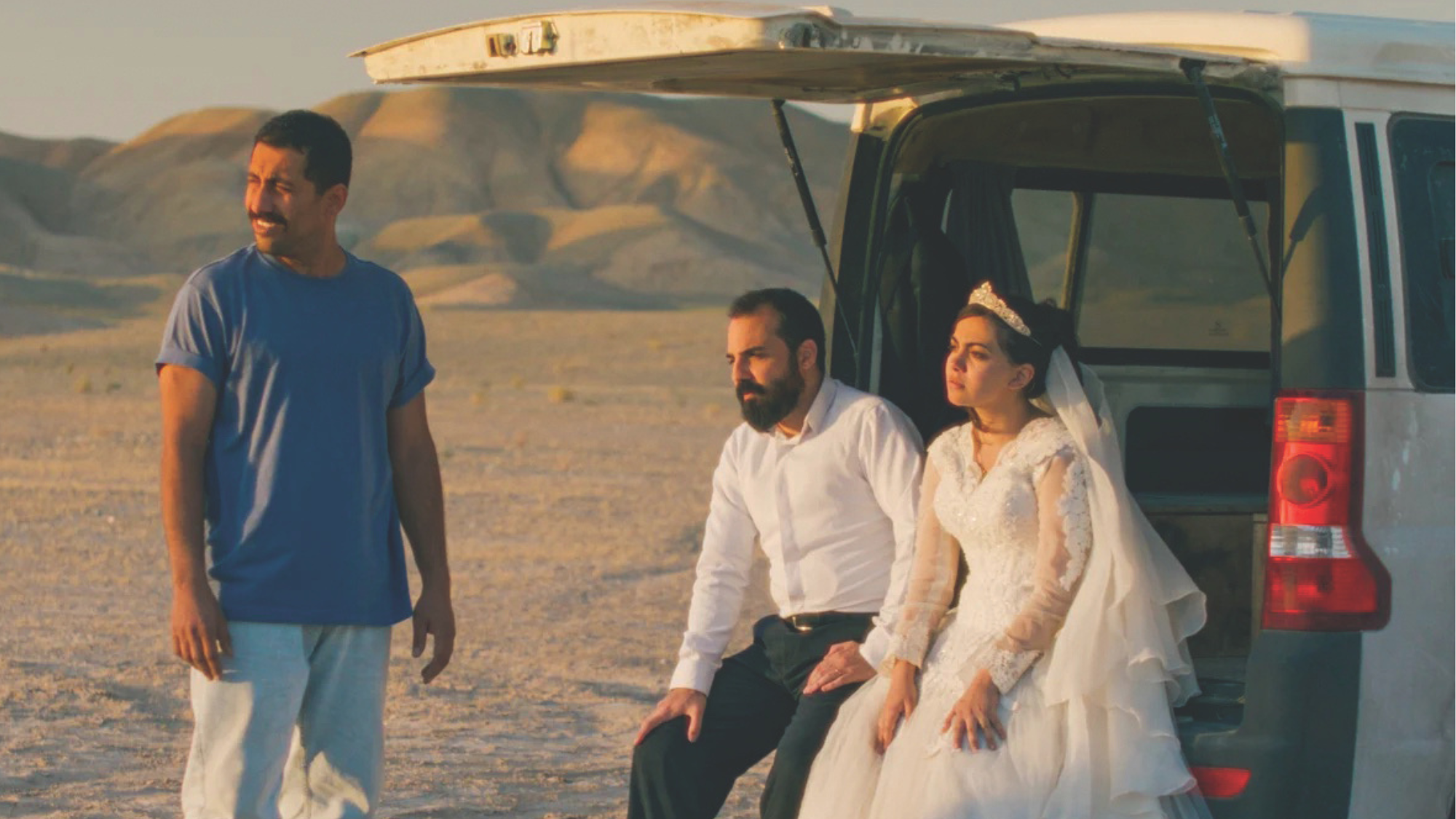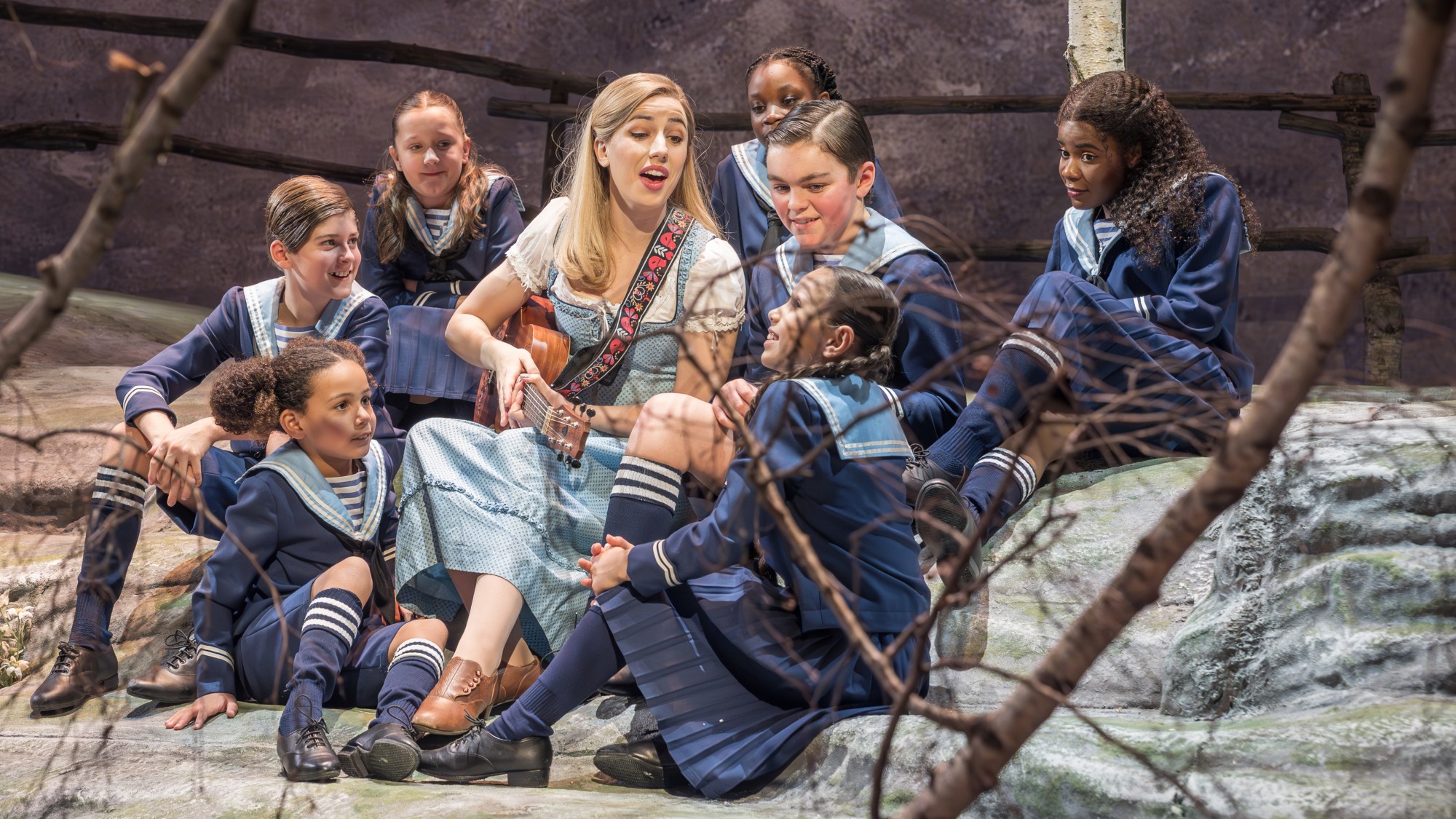Postwar Modern: New Art in Britain, 1945-65 exhibition review
This ‘enthralling’ exhibition is an in-depth exploration of post-war British art

The “cataclysm” of the Second World War overshadowed life in Britain for decades, said Laura Cumming in The Observer. By its end, the country had been all but bankrupted and its big cities lay in ruins. Shortages were rife and “the rationing of clothes and food and human happiness” remained in place for years after 1945. “The sound of air-raid warnings” and “horrific memories of the past” were still fresh in the mind; the Nazis’ atrocities loomed large in the collective imagination. Against this grim backdrop, a new generation of British artists emerged, commemorating the bleakness of the era in a multitude of different styles and media. This “enthralling” exhibition at the Barbican – itself an icon of brutalist postwar architecture – brings together the work of around 50 artists, encompassing painting, photography and sculpture to give an in-depth overview of British art in this period. It features both “establishment names” – Bacon, Freud, Ayres and Auerbach are all present and correct – as well as many artists who “have been all but forgotten”, it is packed with “revelations” and eye-opening snapshots of social history. “Not many shows can deepen your understanding of a whole era in art.” This is one of them.
The predominant mood is unremittingly downbeat, said Alastair Sooke in The Daily Telegraph. The works here are characterised by “shattered, misshapen forms, a monochrome or dingy palette, and a generally downbeat air”: Frank Auerbach paints his friend Leon Kossoff’s head as if it were “a flayed skull”, while Lucian Freud’s portrait of his first wife, Kitty Garland, sees her “throttling a rose”, looking for all the world like a “psychiatric patient suffering from PTSD”; needless to say, “the marriage didn’t last”. These macabre highlights aside, much of what we see is decidedly patchy. A selection of paintings by the “kitchen-sink realist” John Bratby is uniformly “horrible” and “ham-fisted”, while pictures of “despondent women” by Eva Frankfurther, a Jewish refugee, are “insipid”. There are some notable omissions, too: where, for instance, is Henry Moore? If this show proves anything, it is that British art of the postwar era “tended to plod, not soar”. I left “disappointed, feeling glum”.
What do you expect, asked Waldemar Januszczak in The Sunday Times. “The show looks back at a notoriously glum epoch in British art.” The opening stretches of this exhibition powerfully make the point that “dark times spawn dark art”; “the worst aesthetic moments” of the show can be blamed on the era in which they were produced, rather than on the artists who created them. And many of the gloomiest works are very impressive. Lynn Chadwick’s pterodactyl-like sculpture The Fisheater “looms over the space like a scary skeleton”, while Elizabeth Frink’s Harbinger Birds resemble “creepy mini-ostriches, cast in bronze”. With the sombre mood firmly set, the show goes “poking about in different corners of postwar Britain”. There’s a section on Bacon and Hockney, while John Latham’s “huge and powerful” picture Full Stop – “a looming black circle” which “has begun to blur at the edges as if in the early stages of disintegration” – paves the way for the conceptual art of the 1960s and 1970s. “Bleak” as it is, this is a “masterfully curated” exhibition which “rubs our noses in the moods and textures of war and its aftermath”.
The Week
Escape your echo chamber. Get the facts behind the news, plus analysis from multiple perspectives.

Sign up for The Week's Free Newsletters
From our morning news briefing to a weekly Good News Newsletter, get the best of The Week delivered directly to your inbox.
From our morning news briefing to a weekly Good News Newsletter, get the best of The Week delivered directly to your inbox.
Barbican Art Gallery, London EC2 (020-7638 4141, barbican.org.uk). Until 26 June.
A free daily email with the biggest news stories of the day – and the best features from TheWeek.com
-
 Political cartoons for December 13
Political cartoons for December 13Cartoons Saturday's political cartoons include saving healthcare, the affordability crisis, and more
-
 Farage’s £9m windfall: will it smooth his path to power?
Farage’s £9m windfall: will it smooth his path to power?In Depth The record donation has come amidst rumours of collaboration with the Conservatives and allegations of racism in Farage's school days
-
 The issue dividing Israel: ultra-Orthodox draft dodgers
The issue dividing Israel: ultra-Orthodox draft dodgersIn the Spotlight A new bill has solidified the community’s ‘draft evasion’ stance, with this issue becoming the country’s ‘greatest internal security threat’
-
 It Was Just an Accident: a ‘striking’ attack on the Iranian regime
It Was Just an Accident: a ‘striking’ attack on the Iranian regimeThe Week Recommends Jafar Panahi’s furious Palme d’Or-winning revenge thriller was made in secret
-
 Singin’ in the Rain: fun Christmas show is ‘pure bottled sunshine’
Singin’ in the Rain: fun Christmas show is ‘pure bottled sunshine’The Week Recommends Raz Shaw’s take on the classic musical is ‘gloriously cheering’
-
 Holbein: ‘a superb and groundbreaking biography’
Holbein: ‘a superb and groundbreaking biography’The Week Recommends Elizabeth Goldring’s ‘definitive account’ brings the German artist ‘vividly to life’
-
 The Sound of Music: a ‘richly entertaining’ festive treat
The Sound of Music: a ‘richly entertaining’ festive treatThe Week Recommends Nikolai Foster’s captivating and beautifully designed revival ‘ripples with feeling’
-
 ‘Furious Minds: The Making of the MAGA New Right’ by Laura K. Field and ‘The Dream Factory: London’s First Playhouse and the Making of William Shakespeare’ by Daniel Swift
‘Furious Minds: The Making of the MAGA New Right’ by Laura K. Field and ‘The Dream Factory: London’s First Playhouse and the Making of William Shakespeare’ by Daniel SwiftFeature An insider’s POV on the GOP and the untold story of Shakespeare’s first theater
-
 Henri Rousseau: A Painter’s Secrets
Henri Rousseau: A Painter’s Secretsfeature Barnes Foundation, Philadelphia, through Feb. 22
-
 Homes with great fireplaces
Homes with great fireplacesFeature Featuring a suspended fireplace in Washington and two-sided Parisian fireplace in Florida
-
 Film reviews: ‘The Secret Agent’ and ‘Zootopia 2’
Film reviews: ‘The Secret Agent’ and ‘Zootopia 2’Feature A Brazilian man living in a brutal era seeks answers and survival and Judy and Nick fight again for animal justice